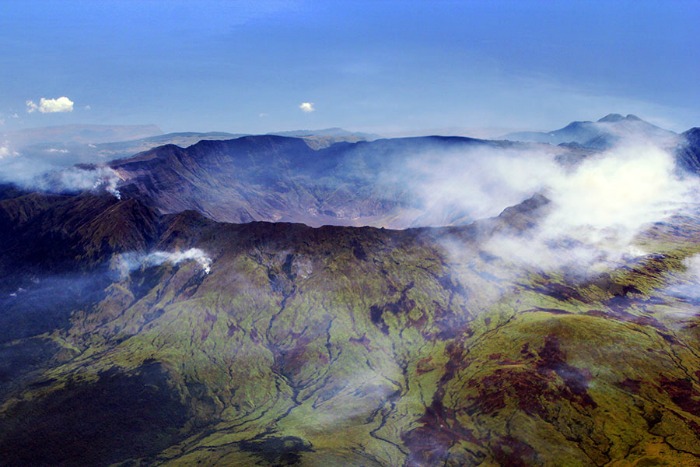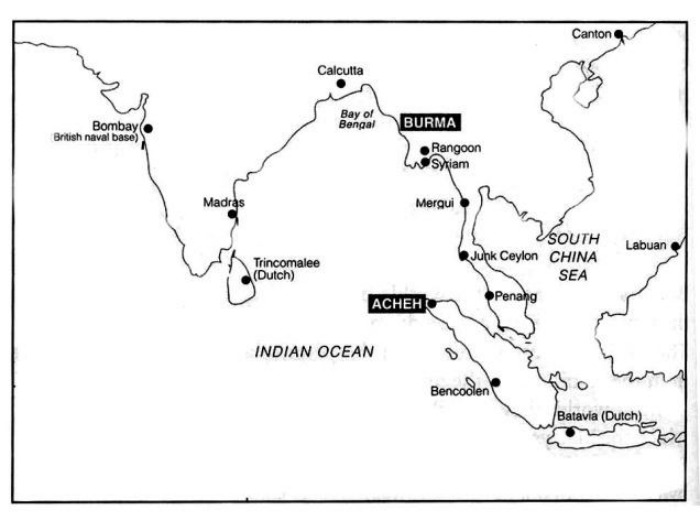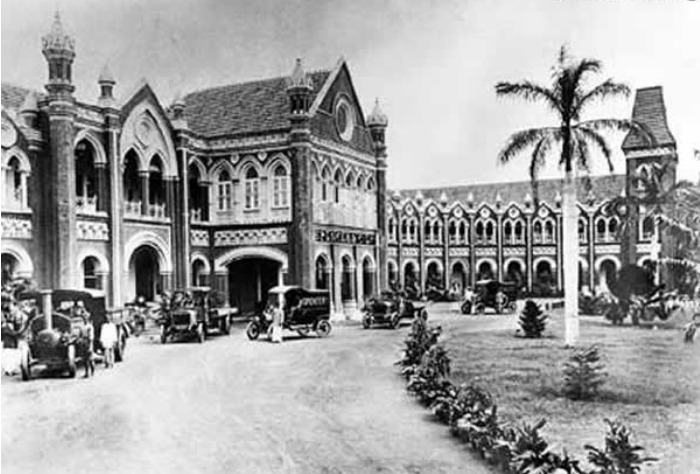What Are Exoplanets And How NASA Detects Life Beyond Our Solar System
Bharti Airtel Set To Acquire Telenor India Within This Year
Google Celebrates NASA’s Discovery Of Seven Earth-Like Planets With An Animated Doodle
Some Home Remedies That Might Sound Bizarre But Actually Work Like A Charm
Akshay Kumar Feels He Has Made Enough Money, Now Wants To Focus On Content & Characters
Delhi ATM Dispenses Fake Rs 2000 Notes From ‘Childrens Bank of India’ With ‘Churan Lable’
Adolf Hitler’s Personal Telephone During World War II Is Up For Auction In The US
From Salman Khan To Rekha, Neil Nitin Mukesh’s Wedding Reception Was Quite A Starry Affair
200 Years Ago Madras Enjoyed The Occasional Snowfall and Had A Temperature Of -3 Degree Celsius
It's hard to imagine yesteryear's Madras being cold and freezing. A city known for its sweltering heat in the peak of summers was once home to temperatures that hovered around 11 degree Celsius - interspersed with cold winds and the occasional snowfall. Yes, 200 years ago, Madras told a very different story. The last week of April 1815 saw temperatures dipping below the freezing point. A city that now knows only three seasons - "hot, hotter and hell" - once also knew what it felt like to blow winter smoke in the dead of the night. According to a report by The Hindu, the volcanic eruption of Mount Tambora in Indonesia was the reason behind Madras's chilly weather. The disaster spewed lava with such ferocity that it claimed the lives of 12,000 people and was heard 2,000 km away.
Tambora: The Eruption That Changed The World, by Gillen D’Arcy Wood describes the phenomenon:
"Tambora’s dust veil, serene and massive above the clouds, began its westward drift aloft the winds of the upper atmosphere. Its airy passage to India outran the thousands of waterborne vessels below bent upon an identical course, breasting the trade winds from the resource-rich East Indies to the commercial ports of the Indian Ocean. The vanguard of Tambora’s stratospheric plume arrived over the Bay of Bengal within days."
Madras felt the blow two weeks later which resulted in its temperature fluctuations. The temperature dipped below the freezing point, "thanks to the aerosols in the volcanic cloud absorbing heat from the sun and the earth."

Strange phenomenon occurred with pumice stones washing up to the shores but not even a single incident was recorded during the rule of the East India Company. Neither did anyone mention a tsunami warning.
The aftermath was, however, far from "pleasant". The ash cloud spread its cover across the world, making the year of 1816 one "without summer". In India, it was a year with monsoon where crops failed and plagues wreaked havoc.






